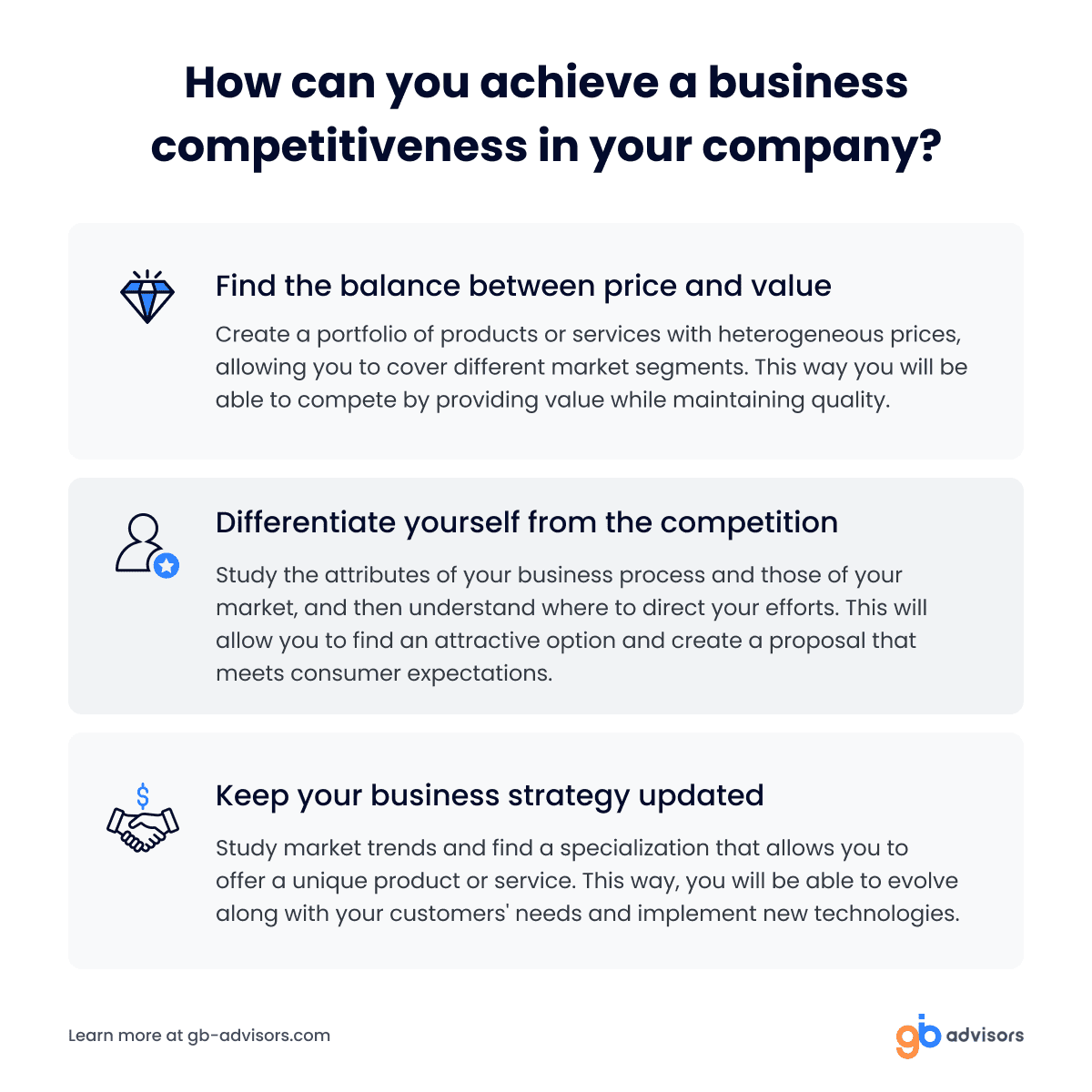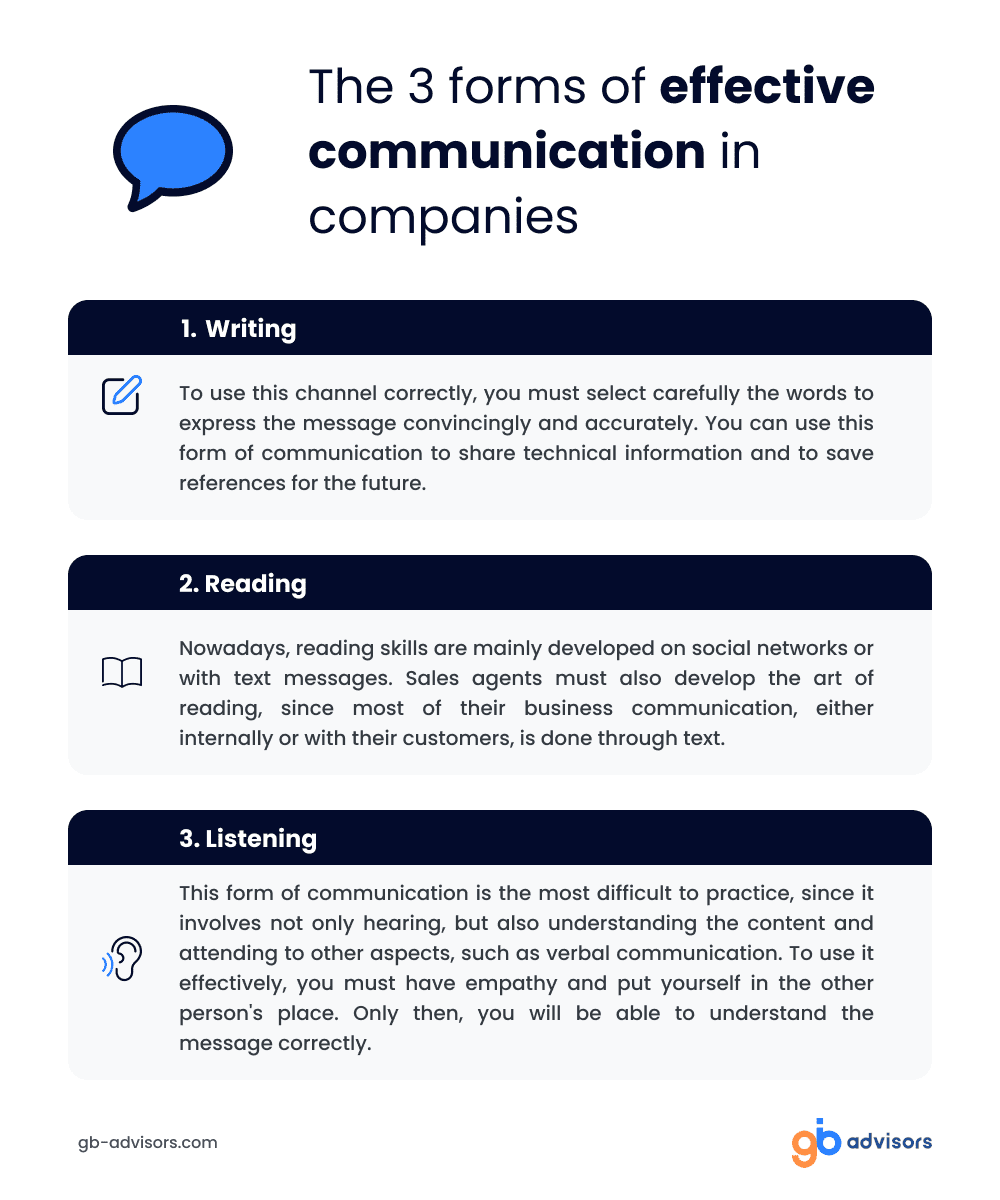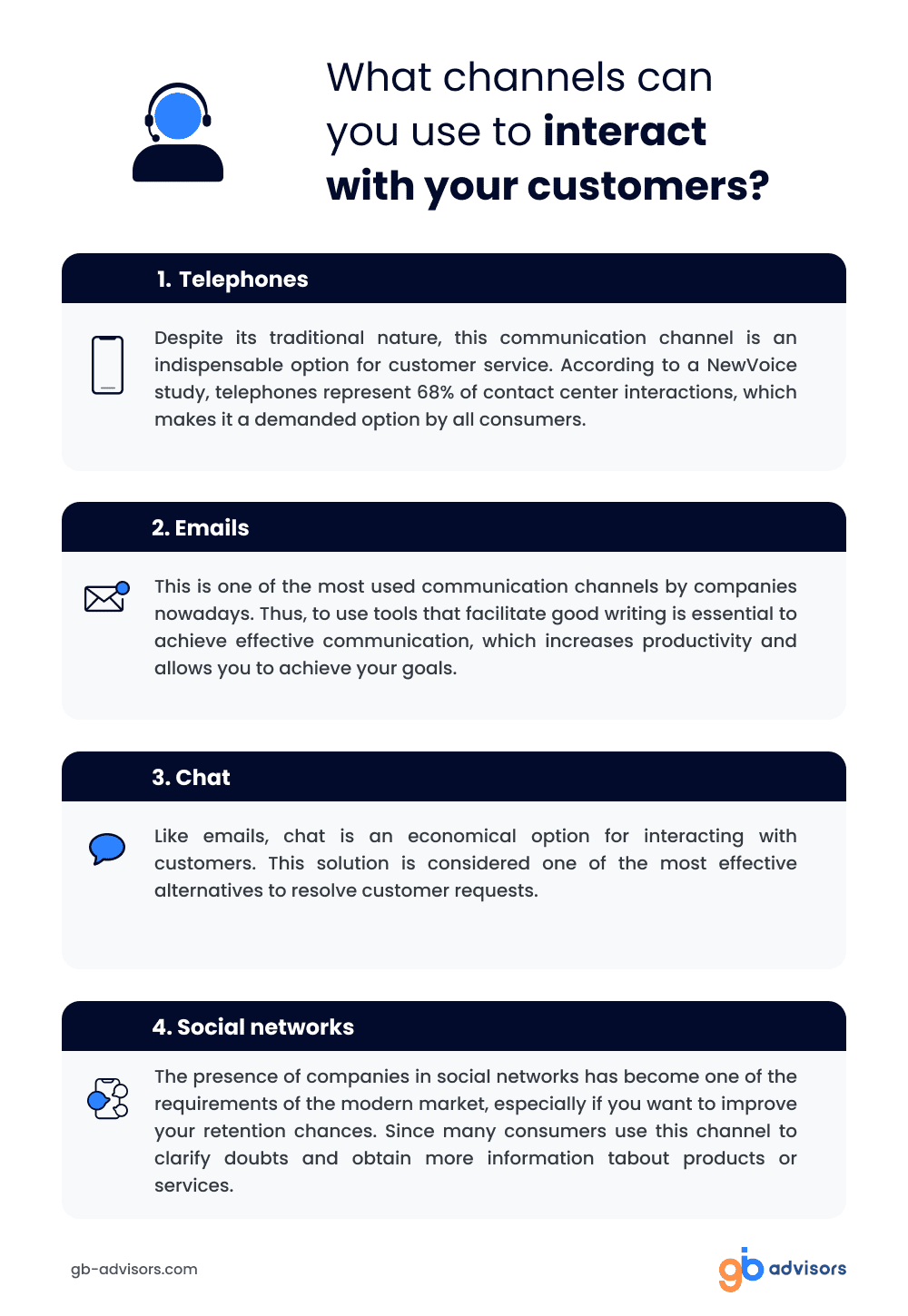Globalization has brought significant benefits to the business. For example, it has given them the opportunity to explore new markets, benefit from falling trade barriers, and adapt more quickly to technological progress. However, it has also sharpened competition. As a result, it is increasingly difficult for organizations to achieve, maintain, and improve business competitiveness.
Customers have short-term memory and an infinite number of options at their fingertips, so how can you stand out from the crowd and achieve customer loyalty? This is precisely our theme for today. Read on and find out, through these simple tips, how you can optimize your business competitiveness.
What makes a company “competitive”?
Although the term competitiveness is commonly used in fields such as economics or politics, it does not have a standardized definition. On the contrary, its meaning can vary greatly according to context and perception.
In the case of business competitiveness, we can define it as the ability of organizations to produce goods or services with a favorable quality-price ratio that guarantees good profitability while achieving customer preference over other competitors. Competitiveness ensures that the company is sustainable and durable.

Competitiveness can also be divided into two types:
Price competitiveness, i.e. the ability to create and offer quality goods and services at lower costs than competitors.
Structural competitiveness, i.e. the ability to impose its products or services regardless of their price, thanks, for example, to their quality, innovation, related services or brand image.
Competitiveness and its vectors
Competitiveness can be built and measured by taking into account different aspects. This means that achieving it requires the company to create a strategy that involves the constant optimization of different factors such as:
Human capital
The first source of value creation within the company is human capital. In other words, a competitive company is one that is capable of attracting the best talent and keeping it motivated so that it performs its tasks in the best possible way.
Innovation Capacity
Is the company able to anticipate the future and offer innovative products and services that meet market needs? This is a central factor that defines the level of competitiveness of a business.
Relationship with customers
The ability to attract and create lasting relationships with customers is undoubtedly one of the main qualities that define the competitive company.
Organization
The company has within itself a complex ecosystem, composed of other diverse elements such as human capital, processes, and technology. The way in which the company organizes and coordinates all these parts defines whether its performance is positive or negative.
How to optimize the competitiveness of the company?
In short, a competitive company anticipates everything, has efficient members, has very few or no losses and is proactive. So, how do I achieve all this in my company? Here are some tips.
#1 Define your value proposition well
In addition to the intelligent supply chain management, organizations need an attractive and well-defined “value proposition. That means something that sets the company apart in the marketplace. In many cases, this value comes from a combination of elements such as customer service characteristics, logistics support, information systems, and product branding.
#2 Make sure communication is smooth
We have already said that human capital is the main source of value creation within the company. Taking this into account, it is vital that all members of the company have the appropriate channels to send and receive relevant information.

This will allow them to clearly know their responsibilities and those of others; which will later translate into a better workflow and greater productivity. To optimize communication within your company, we recommend you to use a automated collaboration tool.
#3 Define a good Risk Management strategy
When it comes to a company’s competitiveness and efficiency; high risks equate to high rewards. However, this formula can also be applied in the opposite case; which is why any new project that you want to apply, you need to cover your back by defining a good risk management strategy.
This will help you to identify all possible negative scenarios that may arise as a result of the implementation of a project. Therefore, you will be able to take measures that guarantee the reduction of damages or losses in case the project does not work.
#4 Invest in the right technology
Innovation goes hand in hand with technology. If you want to enjoy the benefits of process standardization, task automation, and intelligent data analysis; then you should certainly invest in cutting-edge technology tools.
Technology represents one of the main means by which you can safely improve the competitiveness and efficiency of your company. Then, think about integrating a ITSM software to your systems, to facilitate the work of your employees and achieve better results.
#5 Pay a lot of attention to customers
A study done by the Qualtrics XM Institute shows that 94% of consumers, who give a company a “very good” rating, are more likely to recommend it to their contacts.
For that reason, you must build a good relationship with your customers. You can do this by implementing strategies that help you offer them excellent quality of service so that you can create long-lasting bonds with them. Customer management software is vital to achieving this goal.

If you want to learn more about this and other technological solutions, you can contact our group of experts at GB Advisors. We will offer you personalized advice and will accompany you from the moment of installation to its configuration.
What are you waiting for? Contact us and receive a free consultation.



